Guide to the Idaho National Laboratory Classroom and STEM Equity Grant
If you are looking at introducing or expanding 3D printing and design for your school, then Makers Empire can try to help you achieve funding for such a program through one of two suitable grants provided by the Idaho National Laboratory’s K-12 STEM program.
Idaho National Laboratory’s K-12 STEM program looks to cultivate the eastern Idaho STEM landscape by leveraging partnerships and resources to grow STEM opportunities for all, and works toward the alignment of future workforce needs with STEM Education in Eastern Idaho. Educators and other community stakeholders in Regions 5 and 6 are eligible to apply for grants that will support these efforts.
Makers Empire provides schools with all the tools for a successful 3D printing and design program. This includes a 3D printer, easy to use 3D design software, lesson plans aligned to standards, professional development and teacher management tools.
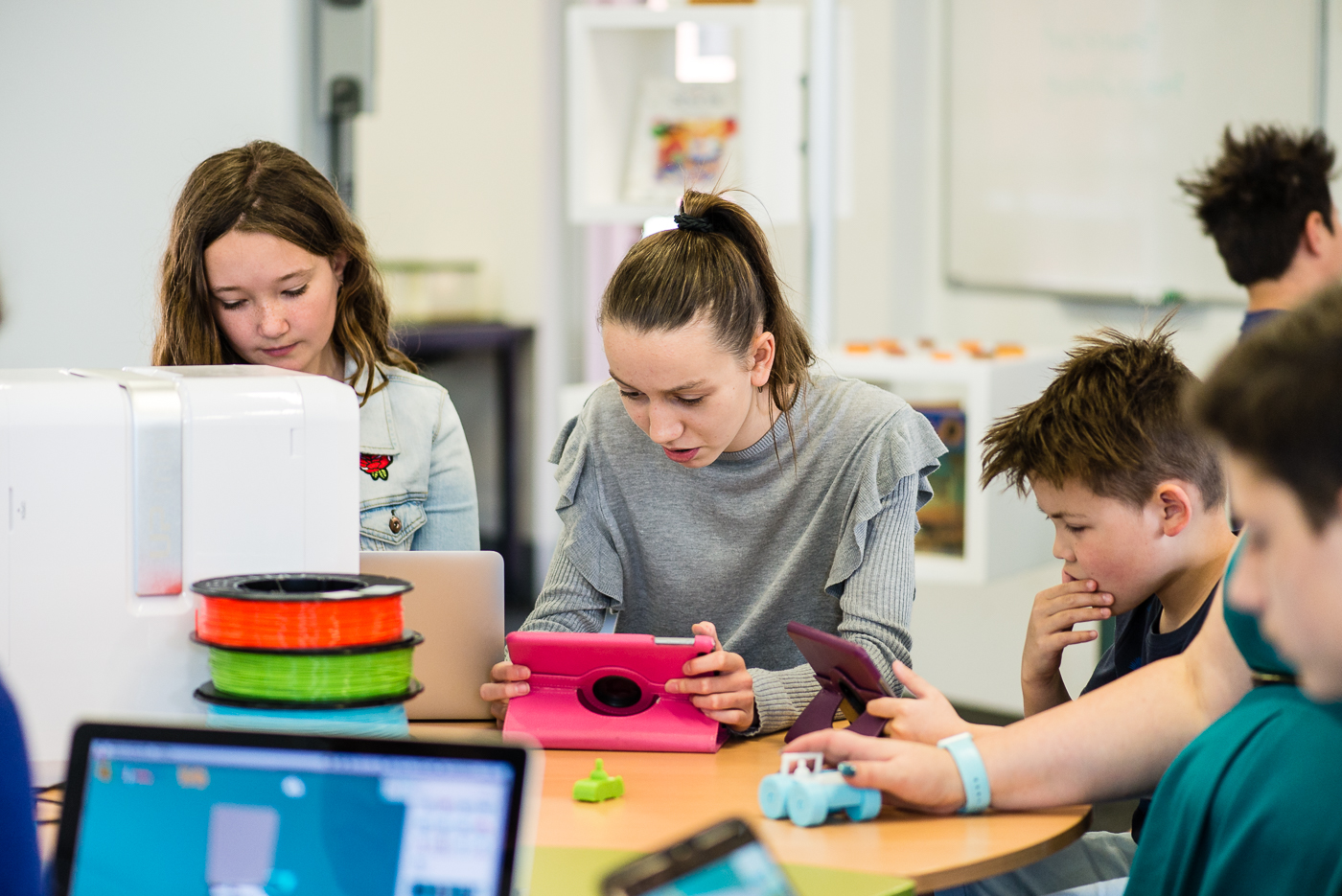
The Idaho National Laboratory Grants Aims and Objectives
There are two grants available – the Classroom Grant (up to $2,000) and the STEM Equity Grant (up to $1,000)
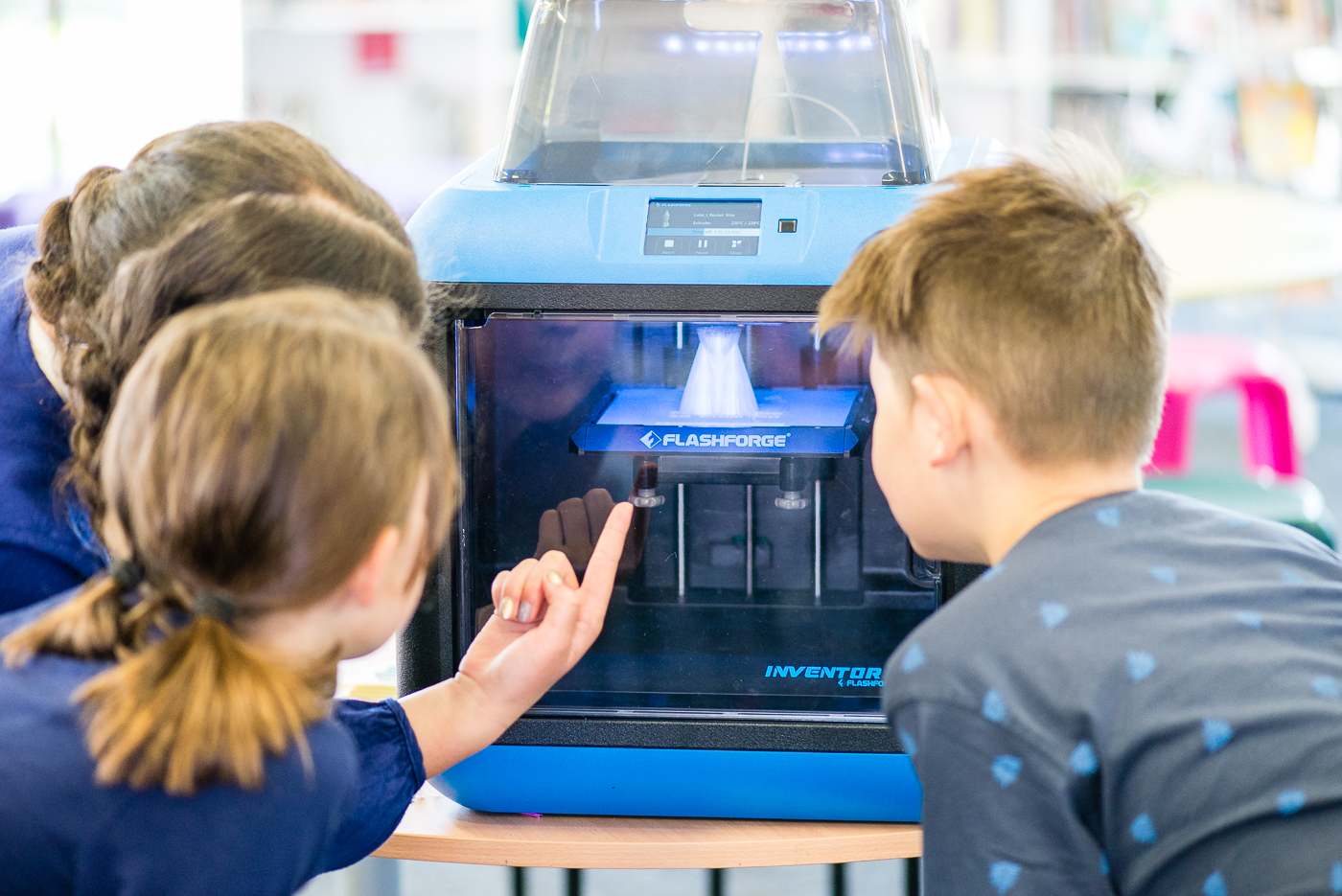
1. Classroom Grant
Grants of up to $2,000 per award with up to 12 awards expected.
The next application period will open in Fall 2025.
K-12 Classroom Grants are available for eastern Idaho educators and administrators to apply for funding to improve student understanding of and learning experiences in science, technology, engineering and mathematics. Awards will be granted for innovative projects in STEM subjects. This grant seeks proposals that support innovative student-centered projects and experiential learning at the classroom level. The funding should be used to cover needed project materials and equipment.
Funding is NOT available for: technology or other products used solely by the educator (laptop, iPad, smart board, etc.); activities that take place outside of Idaho; teacher professional development/training; salaries or stipends for educators or support staff; student competition expenses; materials, software or services provided through other INL or Idaho STEM Action Center grants; or food and apparel.
2. STEM Equity Grant
Grants of up to $1,000 per award with up to 10 awards expected.
The next application period will open in Fall 2025.
STEM Equity Grants are designed to support programs that serve underrepresented populations of Pre-K-12 students. Both formal and informal educators serving historically underrepresented students in STEM education and careers are eligible for this award. Targeted groups include girls, rural and remote students, racial ethnic minority students and economically disadvantaged students in Idaho.
Applications must be completed by a school-level representative or informal educator on behalf of the students benefiting from the grant. Each school or informal education organization is allowed one application. If applying on behalf of a public school, this application must be reviewed and approved by a district/LEA administrator.
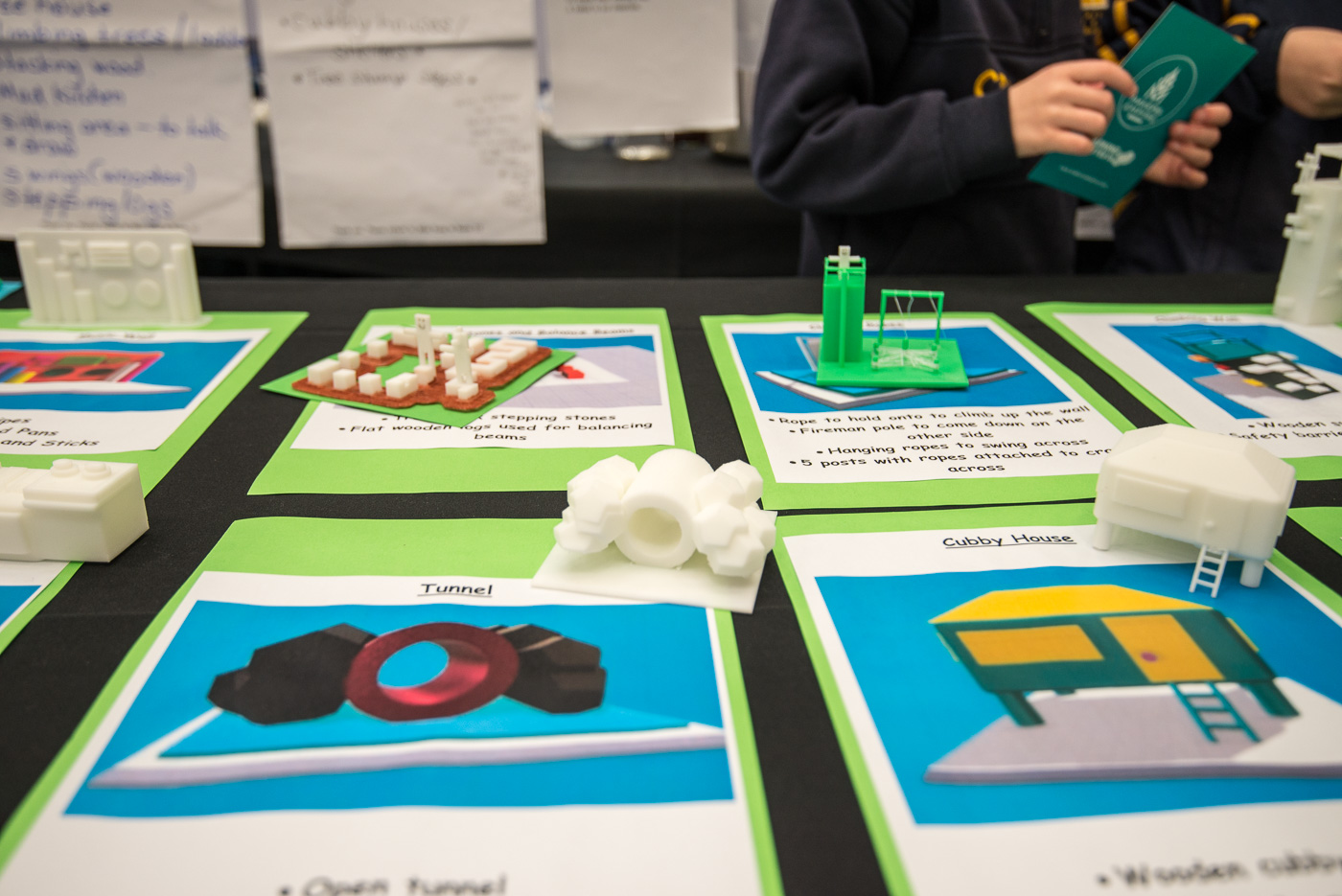
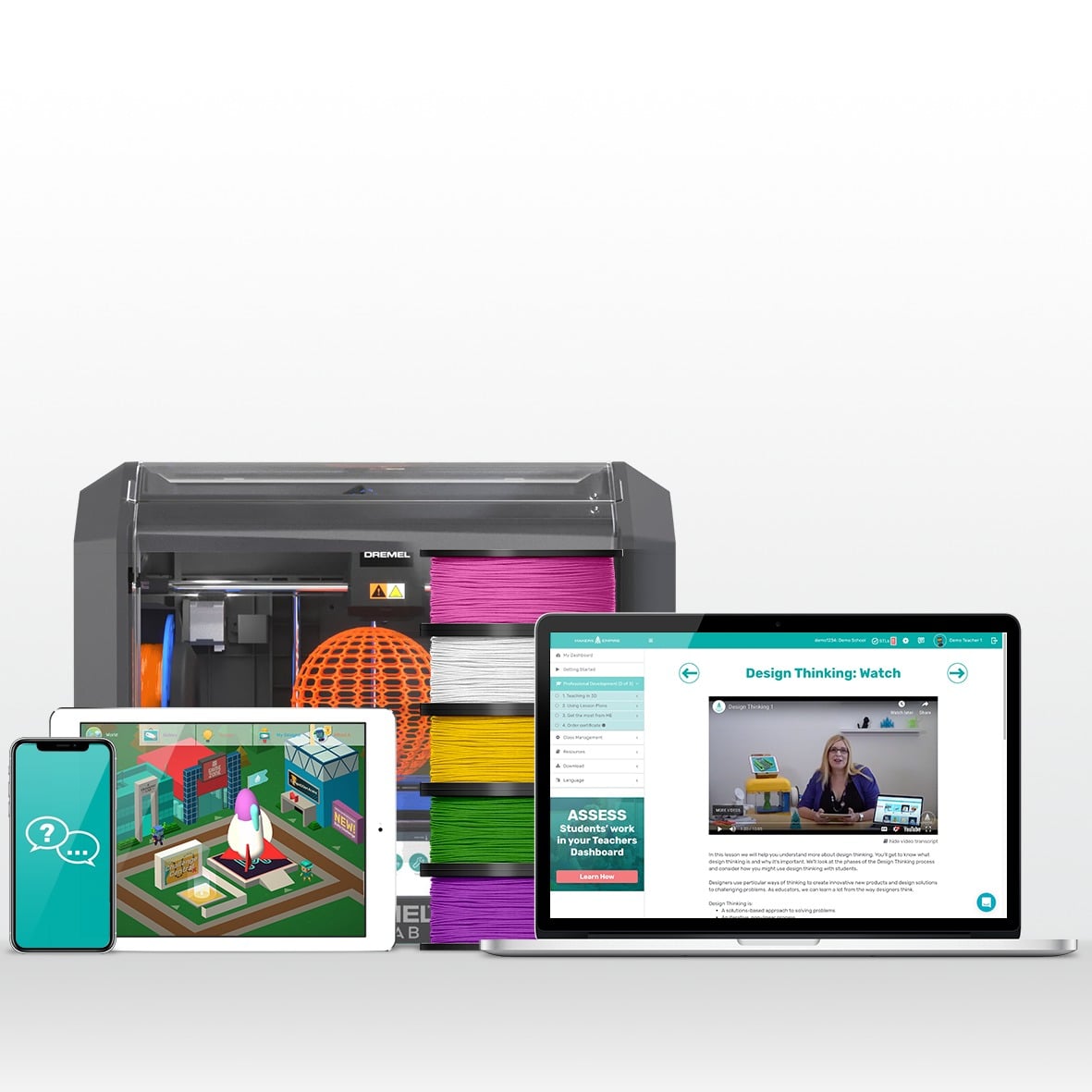
What could my school receive with the Idaho grants?
The above grants allow schools to get $1,000-2,000 or more in funding towards classroom and STEM programs.
If you are successful, you can get enough money to fund the complete Makers Empire 3D printing program at the school for a year including online professional development, 3D design tools, teacher resources, teacher dashboard, assessment, a 3D printer, and 3D printing filament
With the Classroom grant of up to $2,000, schools could wholly fund Makers Empire’s class package valued at $1,198.99 for up to 2 teachers and 30 students.
With the STEM equity grant of up to $1,000, schools could partially fund Makers Empire’s class package valued at $1,198.99 for up to 2 teachers and 30 students.
No financial commitment from the schools is required. The grants do not require any matching funding, and all the tools to successfully implement 3D printing into the classroom are covered by the grant.
Application Process: Suggested Steps
For schools who choose Makers Empire for their grant submission, we recommend the following approach.
Please read over all the steps before starting your application.
Step 1: consider Makers Empire
To learn more about Makers Empire, and see if this is the right solution for your school, please watch this short video.
Our 3D solutions for schools utilize design thinking frameworks as a way of getting students to engage in problem-solving. 3D printing and design are great tools with which to experience design thinking. Plus, they help educators teach students STEM concepts in an engaging way while providing them with a truly 21st-century learning experience.
“This has been a wonderful new way to teach and motivate my students… They are beginning to see real-life implications to what they learning to do in class and how they could develop prototypes of objects that they could develop and then produce to sell…The overall enthusiasm towards school and learning has increased tremendously. Students who are typically reluctant learners have come to life,”
– Robin McGinnis, Teacher
North Elementary School, USA
Step 2: start your application
Start your application at the grant website.
Carefully review all the information provided and ensure your school meets the eligibility criteria.
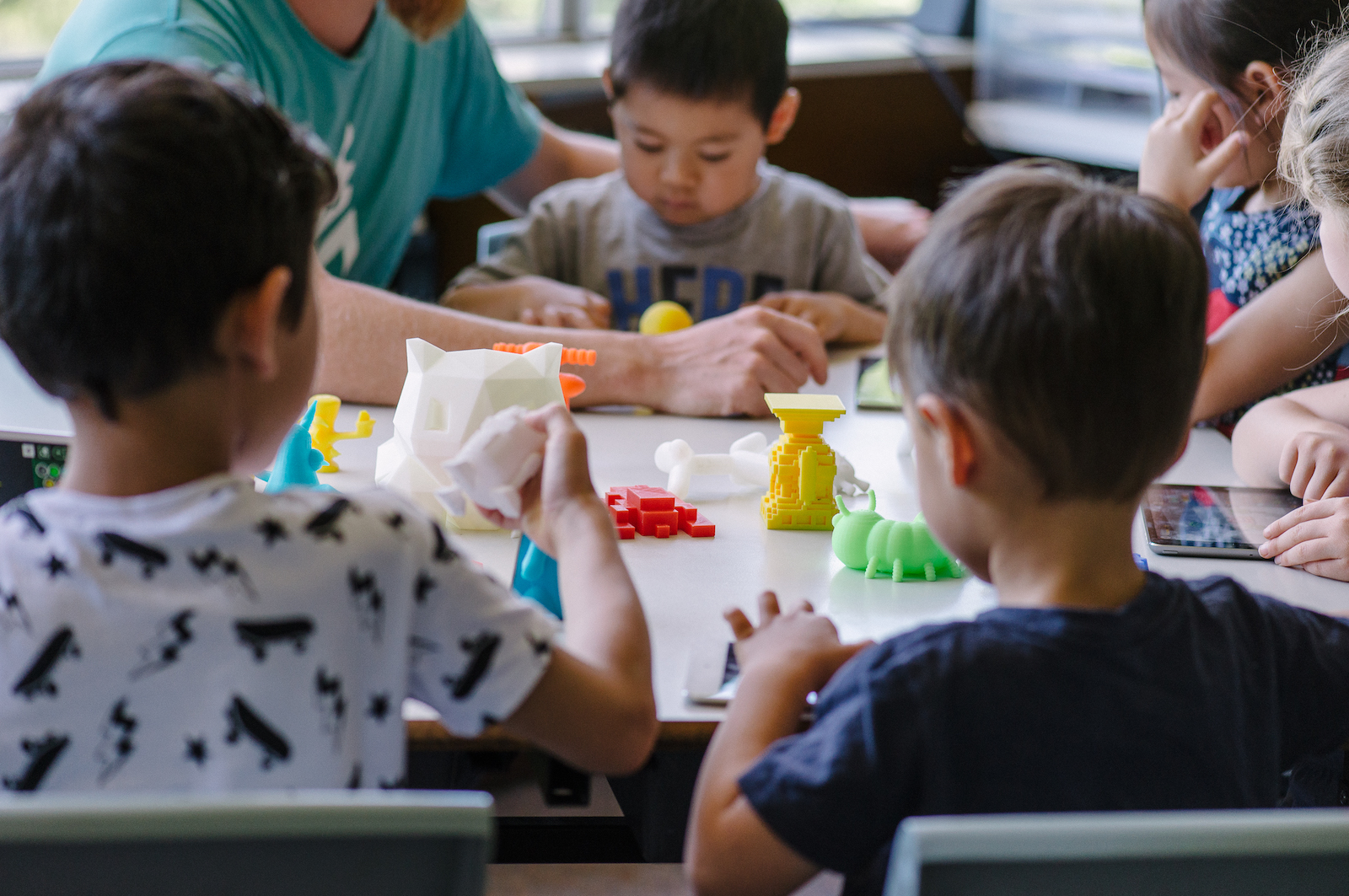
Step 3: request a quotation
Tell us a little more about your school so we can generate your personalized quotation for you to submit with your Toshiba grant application. We promise never to share your information – see our Privacy Policy.
“We first began designing using Tinkercad, a terrific CAD program and widely accepted by schools. Some of my older students were able to grasp the mechanics of designing things but that’s all it was, designing things. It had no connection to what we were learning and studying in school. It was isolated and, to be honest probably more trouble than it was worth. I hadn’t found a way to connect this great tool to the needs of my students… I had been searching the blogs looking for resources to teach the curriculum when I discovered the Makers Empire software… Clicking on their website and watching a few tutorials I immediately could tell I had found something special. There was something simplistic to Makers Empire’s approach of complex design. The website offered video tutorials, downloadable resources, and an iPad friendly interface… It took me a while, but what I finally realized was that 3D printing and design is not what I am teaching, but rather how I am teaching… Sure, there are technical skills that both the teacher and students need in order to make a design and have it print out correctly but that’s just the tip of the iceberg. The Makers Empire software allows kids to express themselves and to show what they have learned in other realms of the curriculum.”
Christopher Burdman, STEM Teacher
Tynan Elementary School, Boston
Step 4: Decide on a STEM project
To apply for the classroom grant a school needs to explain its STEM project proposal, expected educational outcomes, how you plan to integrate STEM concepts and skills in your classroom and the Idaho state standards associated with this project.
To apply for the STEM equity grant a school needs to explain how you intend to use this funding to provide equitable access to quality STEM education opportunities for underrepresented students education needs.
We can help you come up with a suitable proposal. Depending on your previous grant writing experience, you can complete the grant in a day or two.
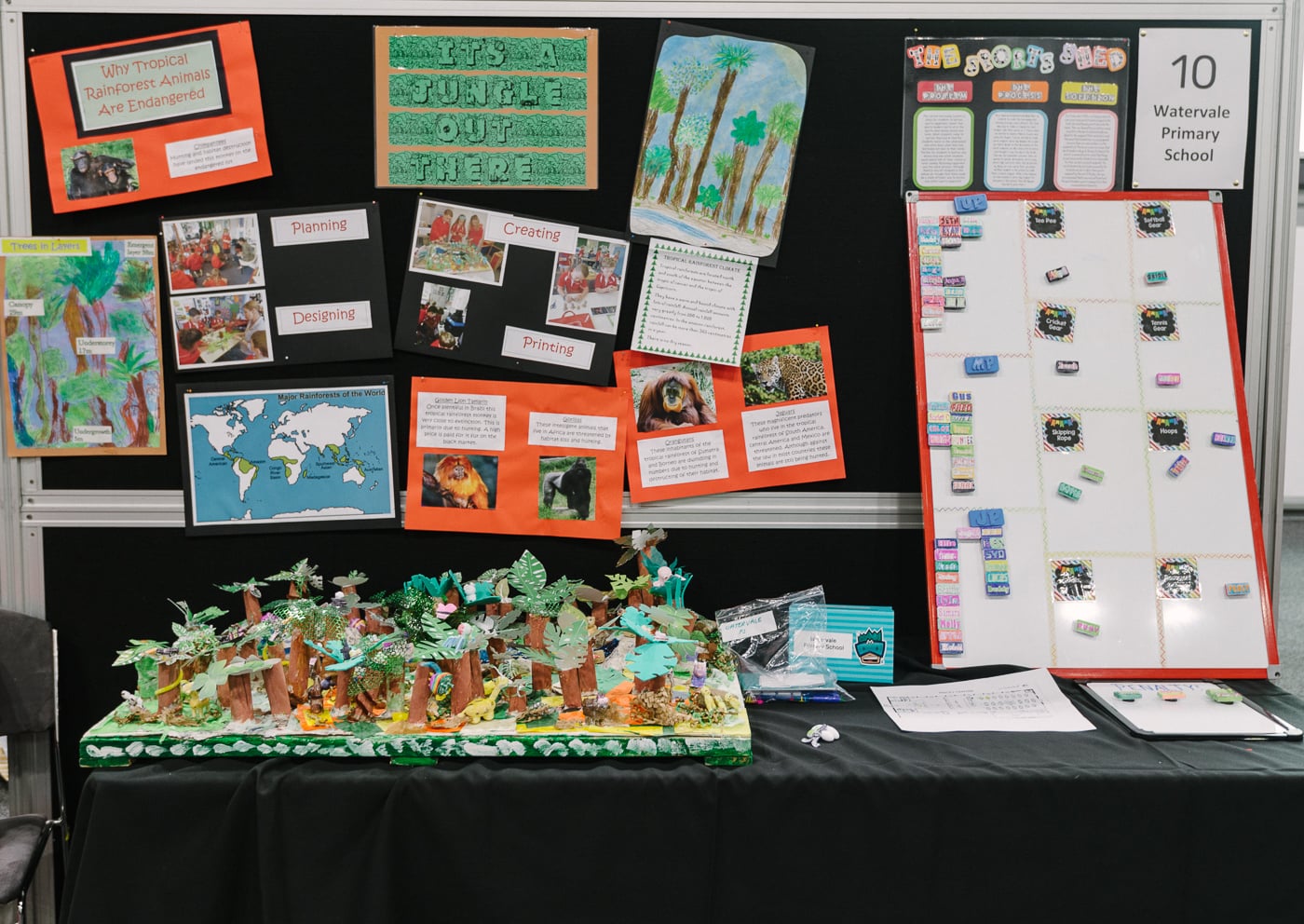

Step 5: Submit your application
For the Classroom Grant – submit your application online as per step 1 above if you created a grant application account. Make sure to include your school’s quotation for your Makers Empire solution.
For the STEM equity grant – submit your application online as per step 1 above if you created a grant application account. Make sure to include your school’s quotation for your Makers Empire solution.
If you need help with your application please email us at info[at]makersempire.com with subject: “Idaho Grant Support.”
We suggest having your application fully prepared in a separate document so that you can submit it easily online. Good luck!
